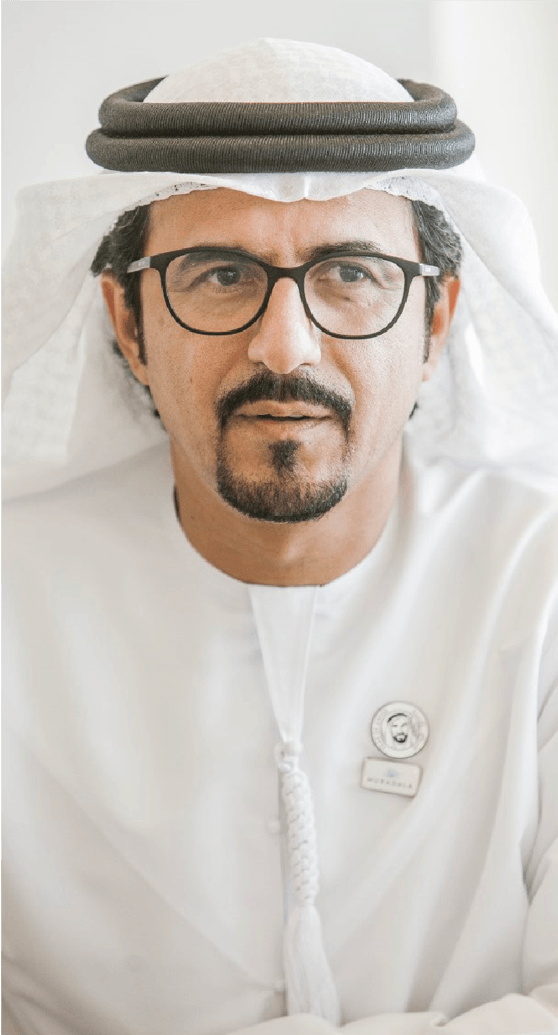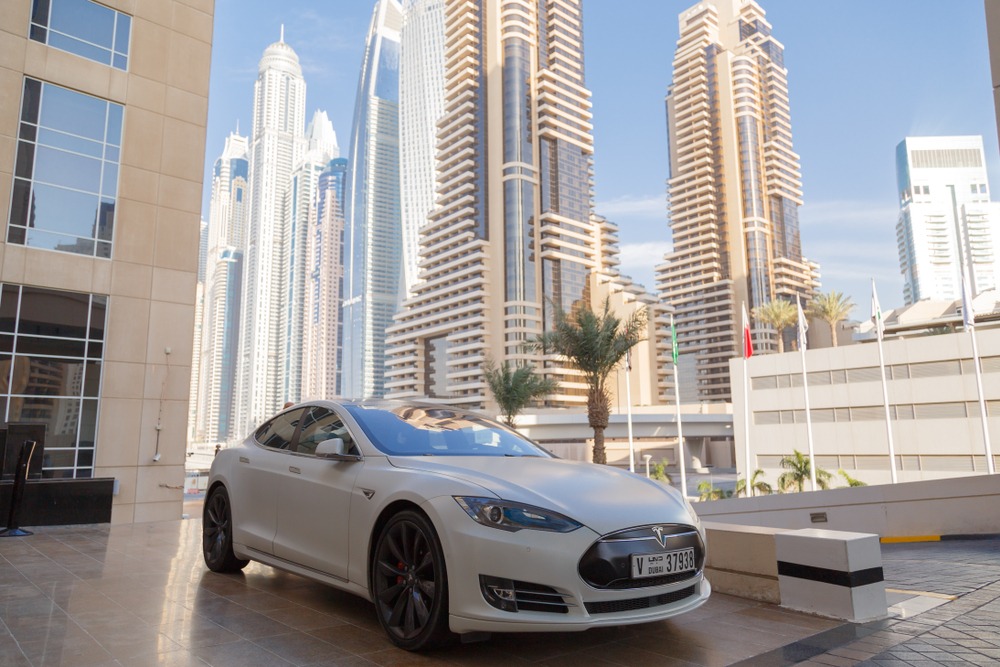Creating International and Long-Lasting Impact
Accounting/Finance, Feature

January 22, 2019, 7:19 am
The Green Bond designed to operate under the FAB Green Bond Framework has been specifically designed to be used for climate and environmental projects.
A green bond – or climate bond – is a bond specifically designed to be used for climate and environmental projects. According to First Abu Dhabi Bank (FAB), at the end of 2017, Green Bond issuances had reached USD 160.8 billion from 239 issuers, growing by 84 percent compared to 2016. The United States, China and France accounted for 56% of total issuance in 2017. The UAE was amongst the 10 new entrants to the market in 2017. Green Bond transactions accounted for approximately 2.7 percent of global bond market transactions. The size of the Green Bond market is expected to continue to grow rapidly, with the Climate Bonds Initiative’s Green Bond forecast for 2018 estimated to be USD 250-300 billion.
Issued in March 2017 by the National Bank of Abu Dhabi (NBAD), prior to the merger between NBAD and First Gulf Bank (FGB), the FAB Green Bond is designed to operate under the FAB Green Bond Framework, based on the International Capital Market Association (ICMA) Green Bond Principles. At the moment of its launch, Andy Cairns, NBAD’s Global Head of Debt Origination & Distribution, commented “We are honoured to be Joint Green Structuring Advisor and Joint Bookrunner on this the first ever Green Bond from the Middle East. It illustrates that socially responsible investors are an increasingly relevant liquidity source and I am optimistic that this transaction will establish a blueprint for other Middle Eastern issuers to follow suit and issue Green Bonds and Green Sukuk”.
The FAB Green Bond Framework includes setting additional criteria for selecting, monitoring and managing FAB’s Green Bond, while enriching the mix of projects allocated to the bond. The five pillars of the framework include: governance, use of proceeds for eligible project categories (renewable energy, energy efficiency, pollution prevention and control, sustainable management of living natural resources, terrestrial and aquatic biodiversity conservation, clean transportation, sustainable water management, climate change adaptation, eco-efficient products), process for project evaluation and selection, management of proceeds and reporting.
Originally established at USD 587 million, the FAB Green Bond supports UAE’s commitment to sustainability objectives, including initiatives such as UAE Vision 2021, UAE Green Agenda 2015-2030, Abu Dhabi Economic Vision 2030, UN Sustainable Development Goals 2030. The green bond contributes to the financing or re-financing of projects and initiatives that contribute to UAE becoming a leader in renewable energy.
FAB developed an extensive green finance portfolio, and the pool of eligible projects increased as a result of the banks’ merger. Five new UAE-based projects were selected to be allocated to the bond. These include a wastewater and recycling plant (in the sustainable water management category) – 7% of use of proceeds, and two district cooling projects (in the energy efficiency category) – 14% of use of proceeds, a new green building project (in the energy efficiency category) – 65% of use of proceeds, and a newly financed solar photovoltaic project (in the renewable energy category) – 14%. Overall, the projects allocated to the FAB Green Bond fall under three eligible categories: renewable energy, energy efficiency and sustainable water management.
The estimated impact of the projects, as of May 2018, is considerable. The solar plants will generate 1,277MW in total (7,175,000 tonnes of CO2 avoided), the green buildings and the district cooling projects will use up to 50% less energy, and the waste water and recycling plant will treat 430,000 m3/day of wastewater and will provide access to sewage treatment and re-usable water for a population equivalent of over 2,150,000 individuals.
Comparing the use of proceeds in 2018 versus 2017, there was an increase in use of proceeds in green building of 12% (from 53% to 65%), and in solar plant, of 4% (from 10% to 14%). District cooling and waste water treatment and recycling plant replaced rail as use of proceeds. In terms of category, energy efficiency remained the area with the highest use of proceeds, renewable energy witnessed an increase of 4% from one year to another, and sustainable water management became the third category to receive use of proceeds instead of clean transportation. In 2018, the majority of use of proceeds was allocated to the UAE (40%, 6 projects) followed by USA (39%, 1 project) and France (22%, 1 project).
FAB’s long-term objective is to grow in strength through its sustainability journey, positioning itself as a highly visible and successful regional leader and a partner of choice in sustainability best practice, with a focus on generating long-term stakeholder and shareholder value.










